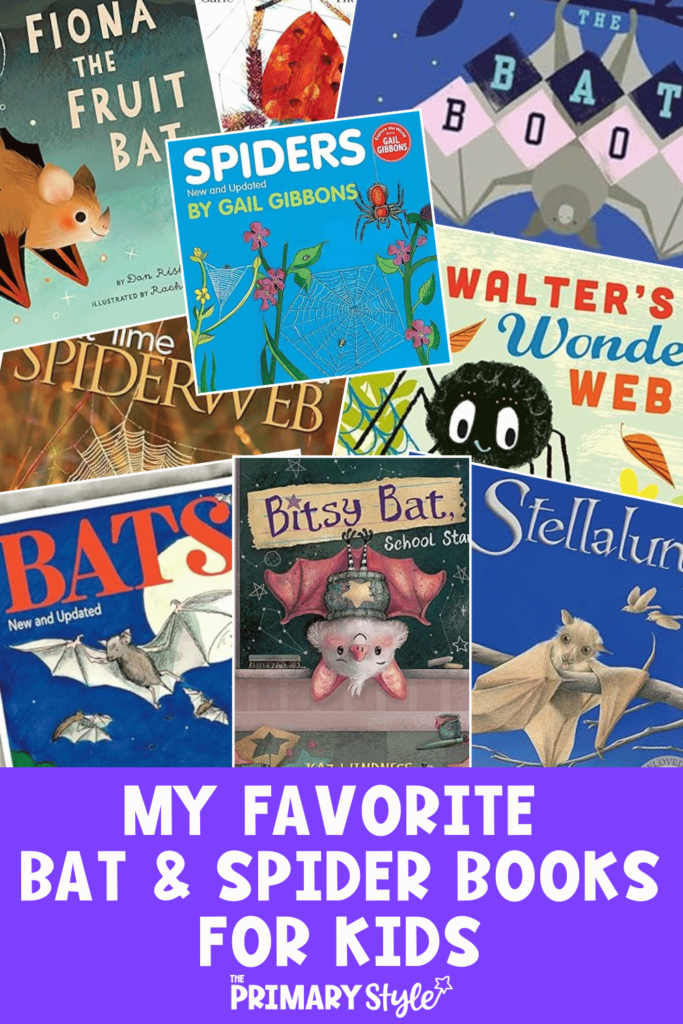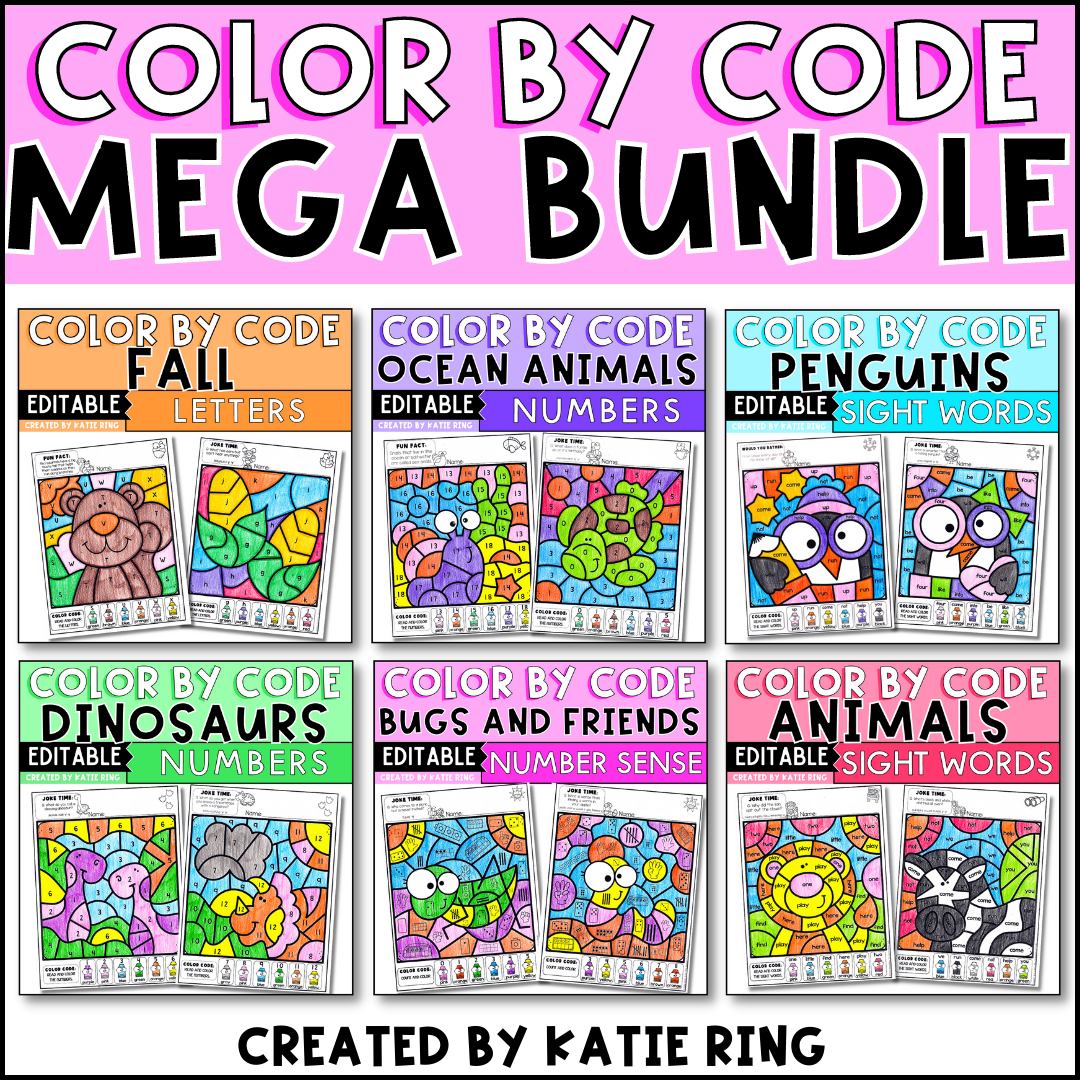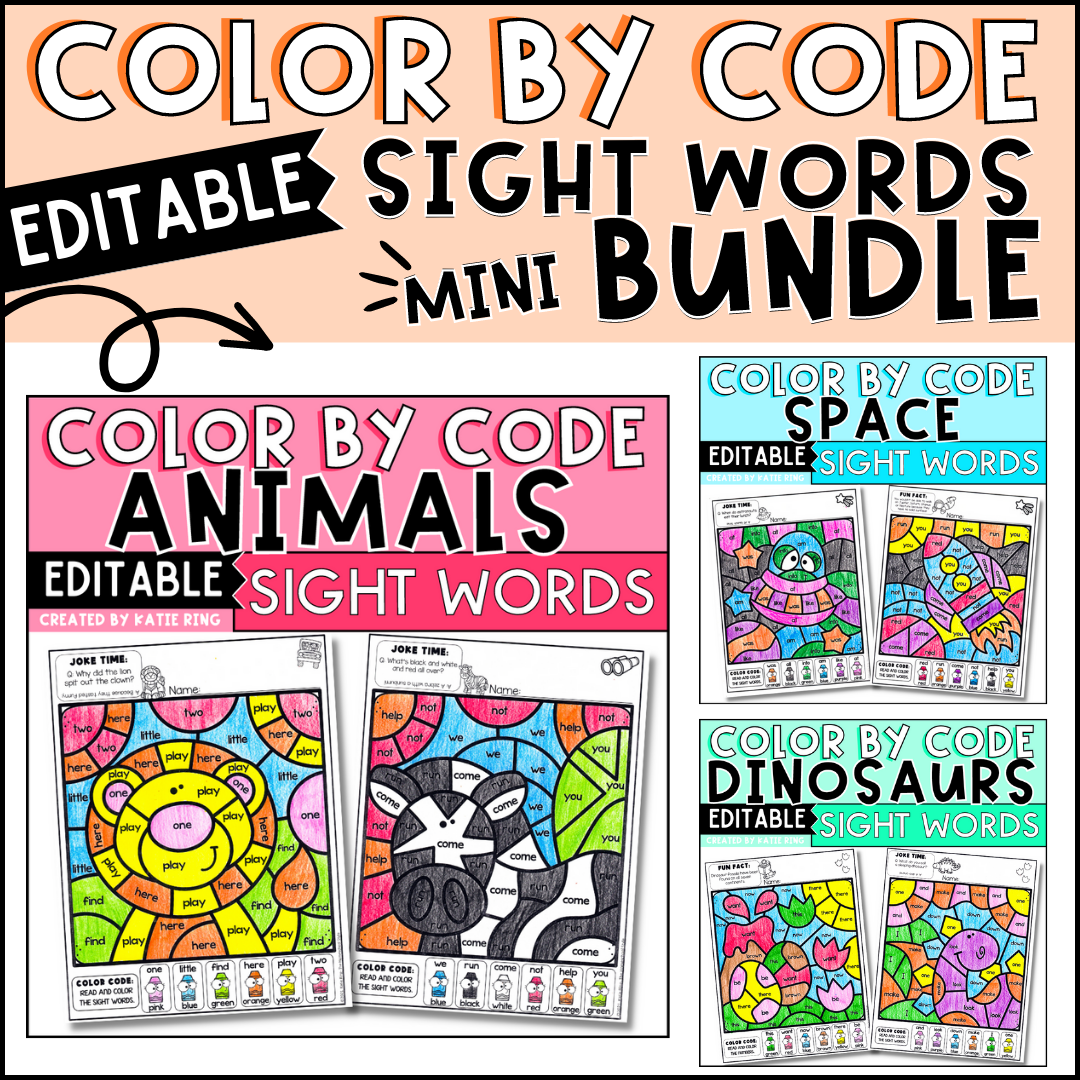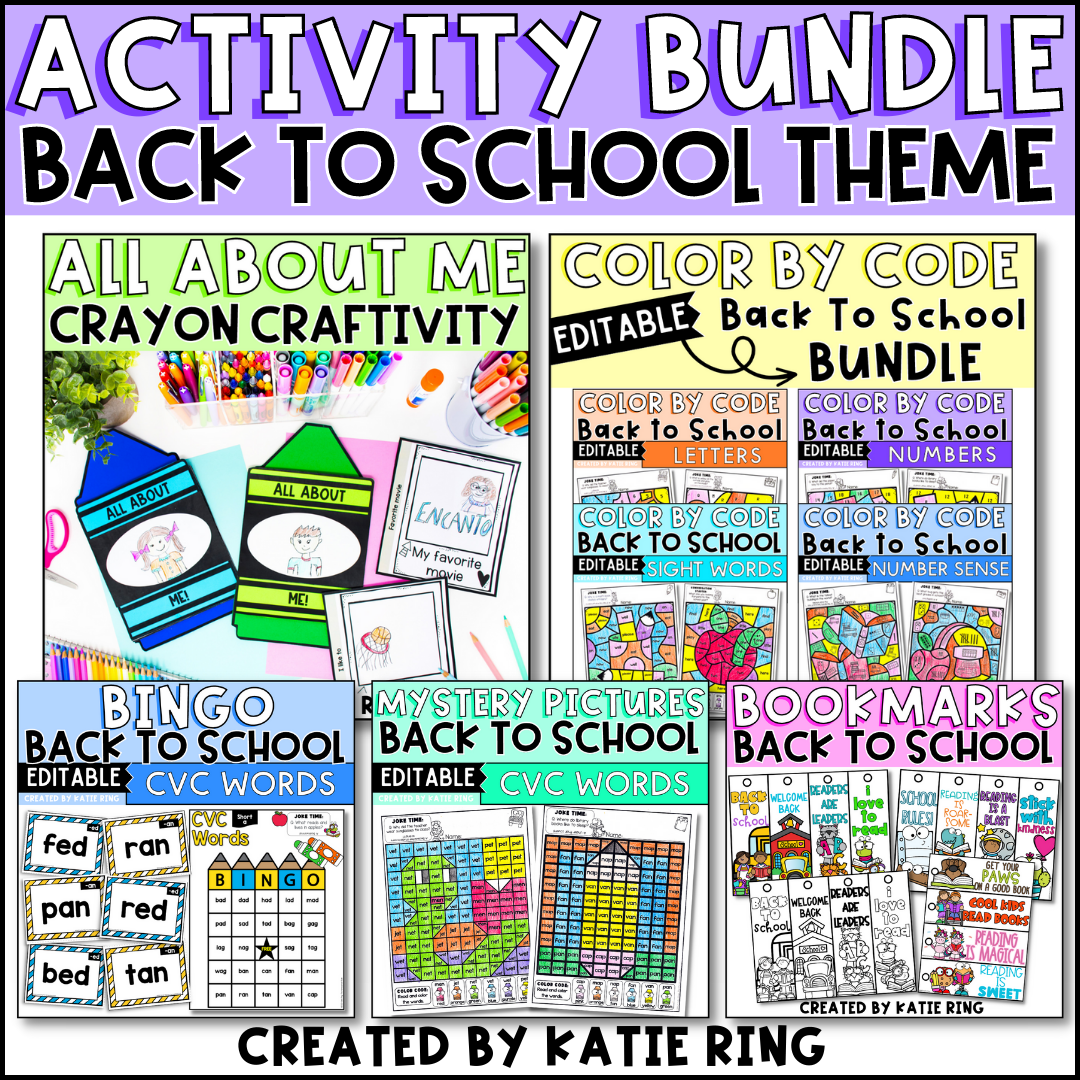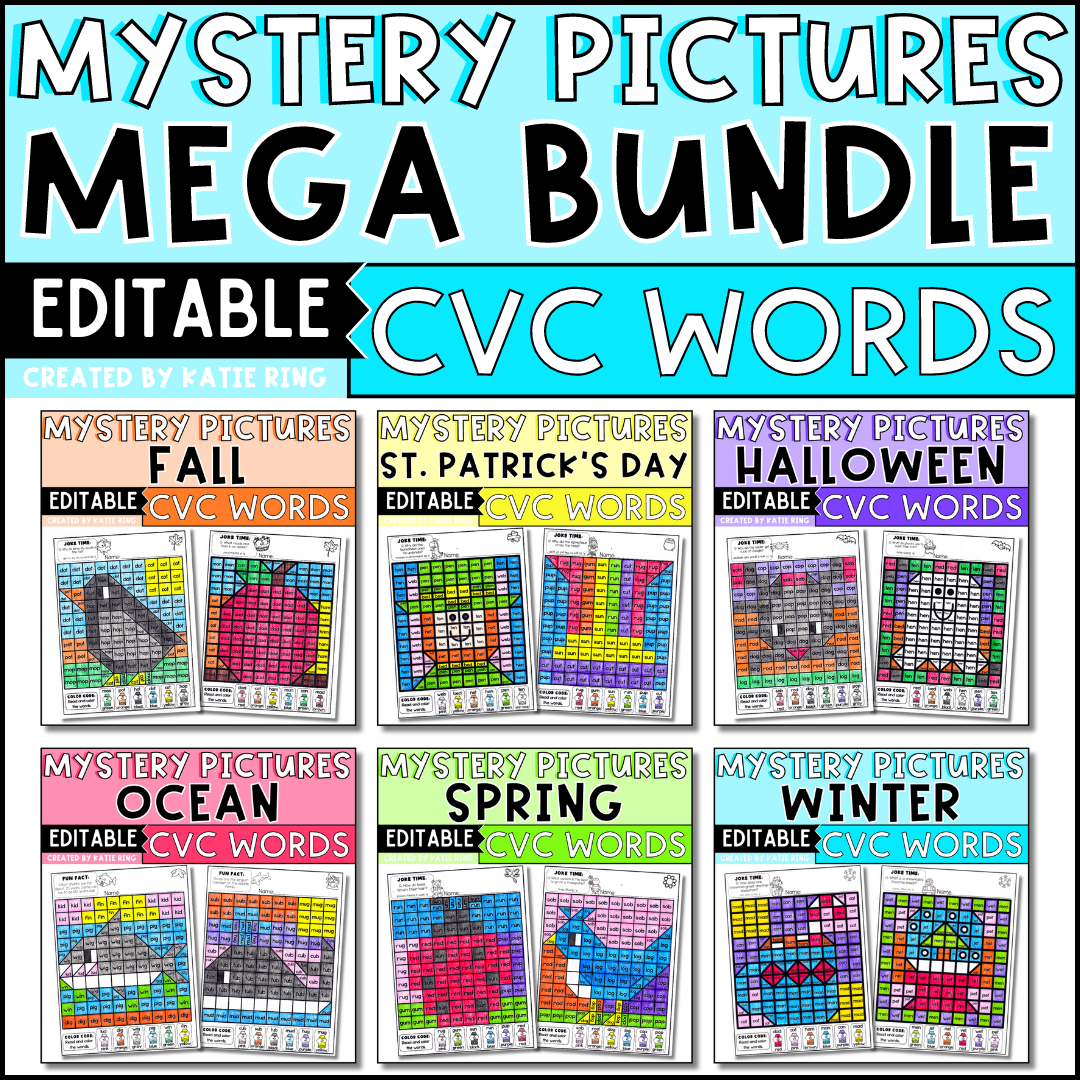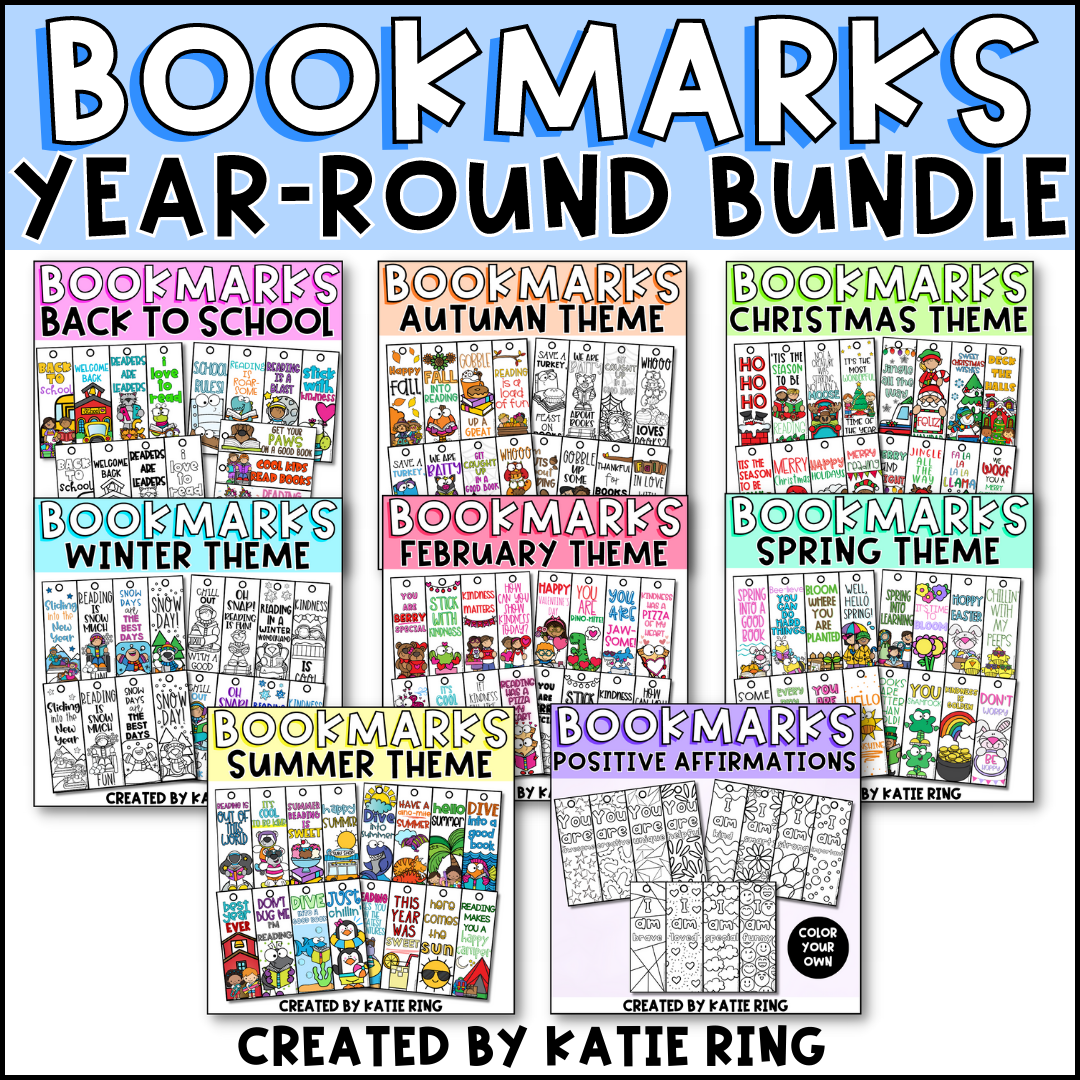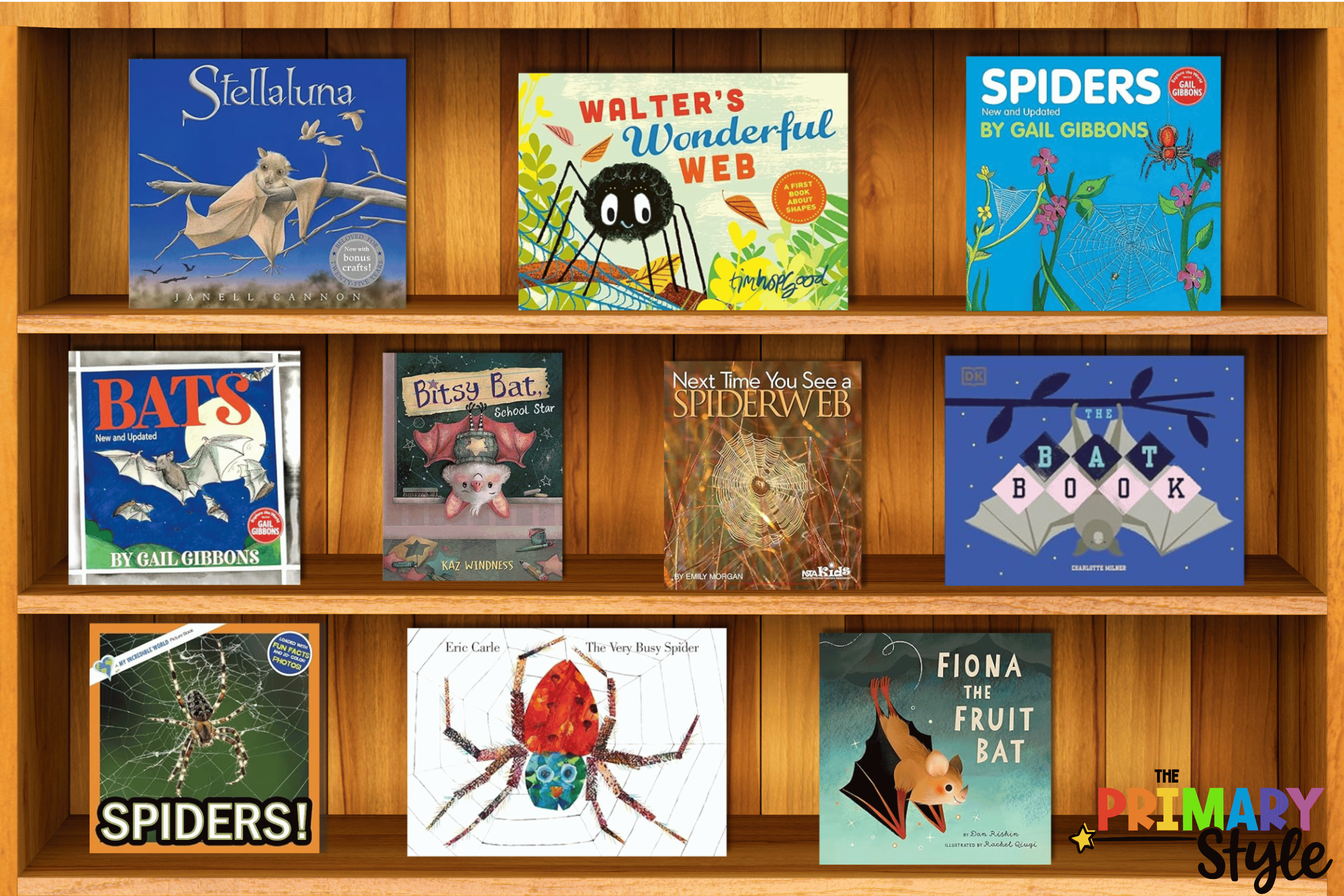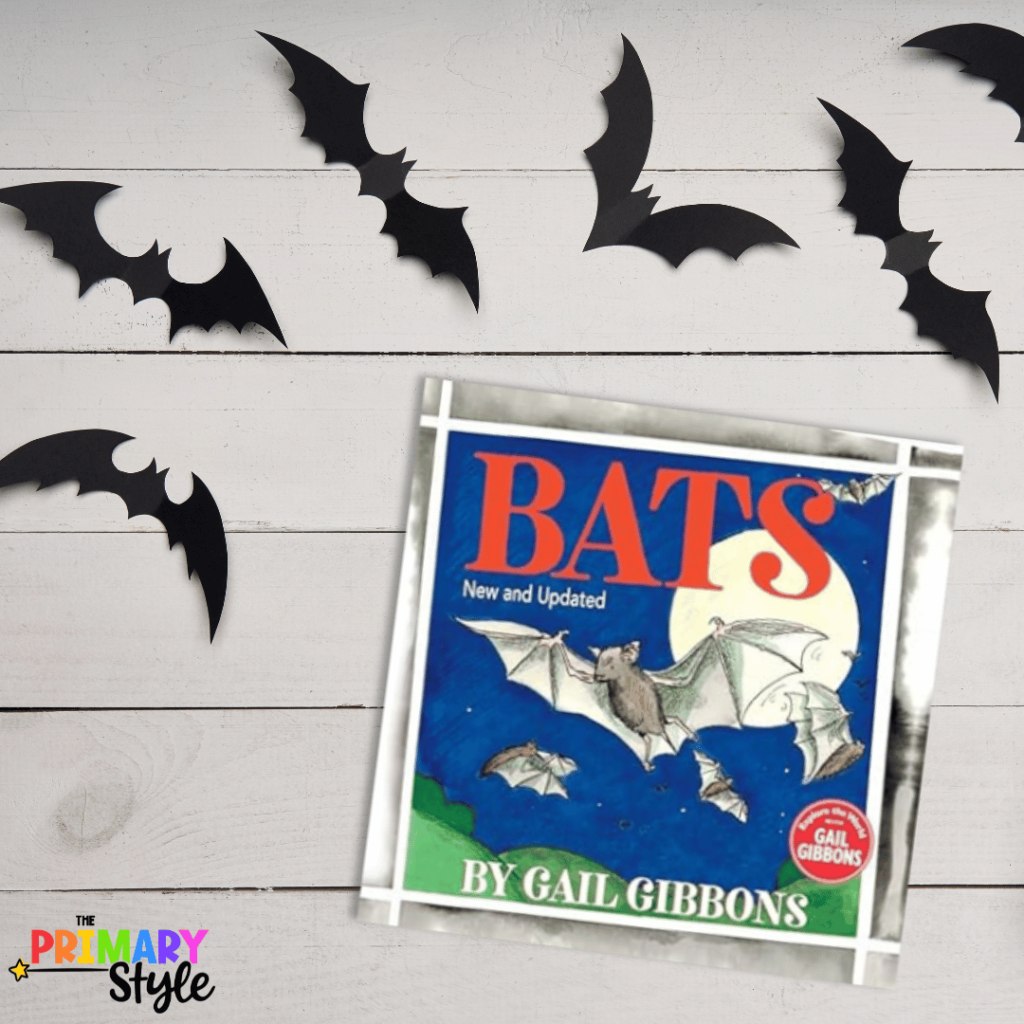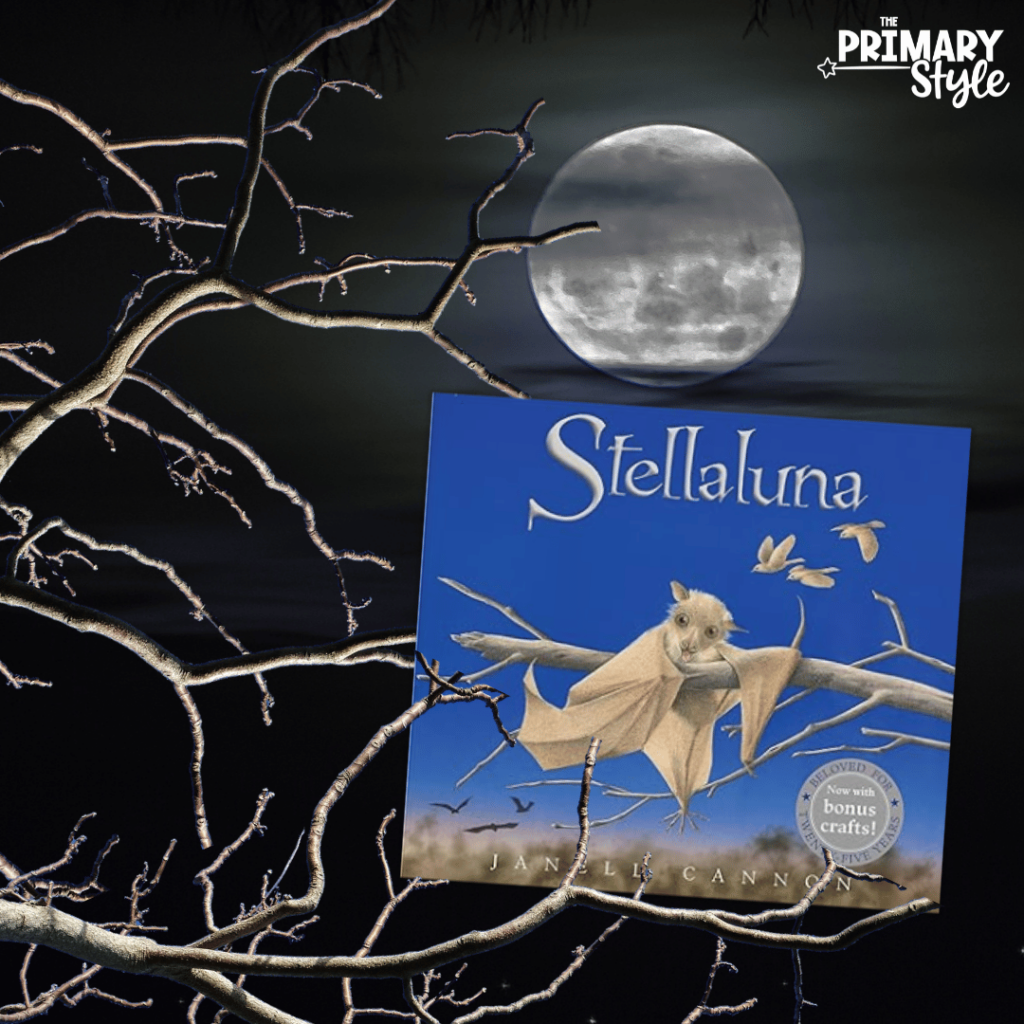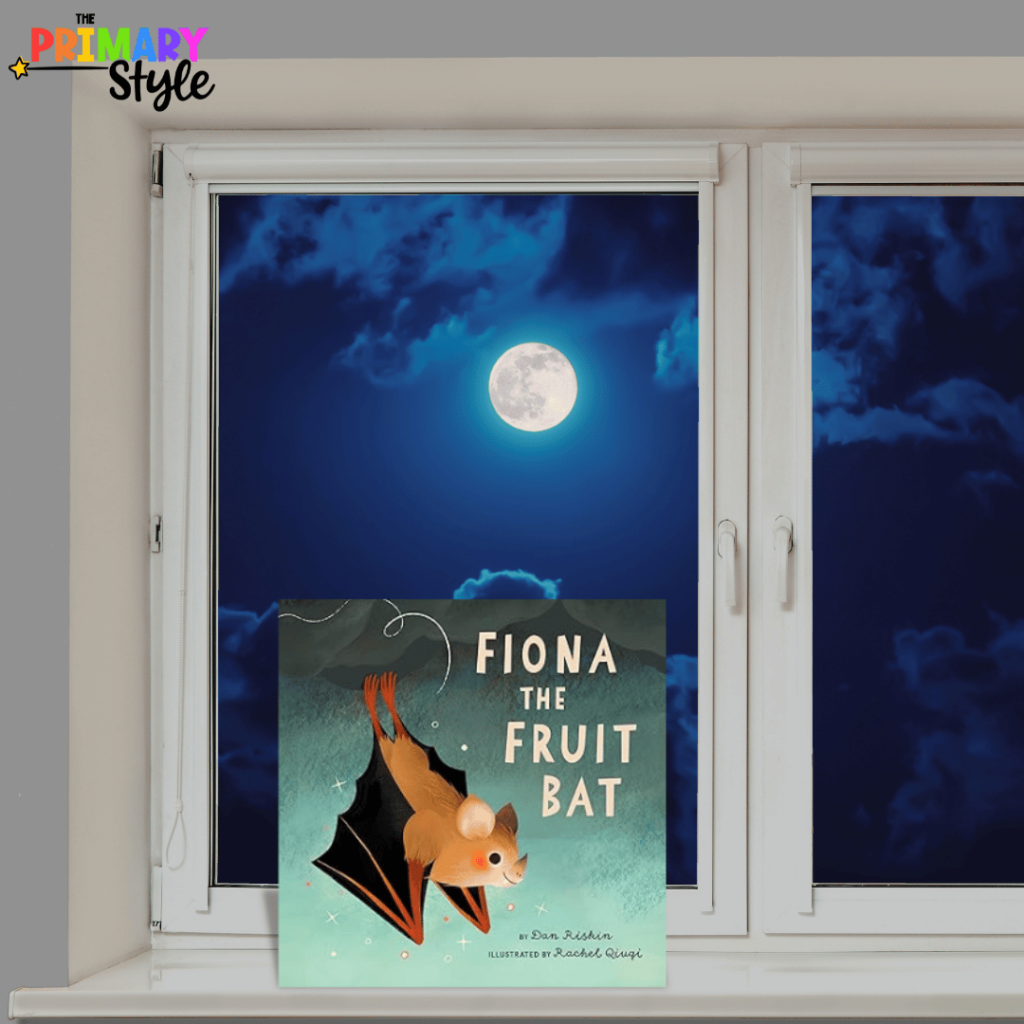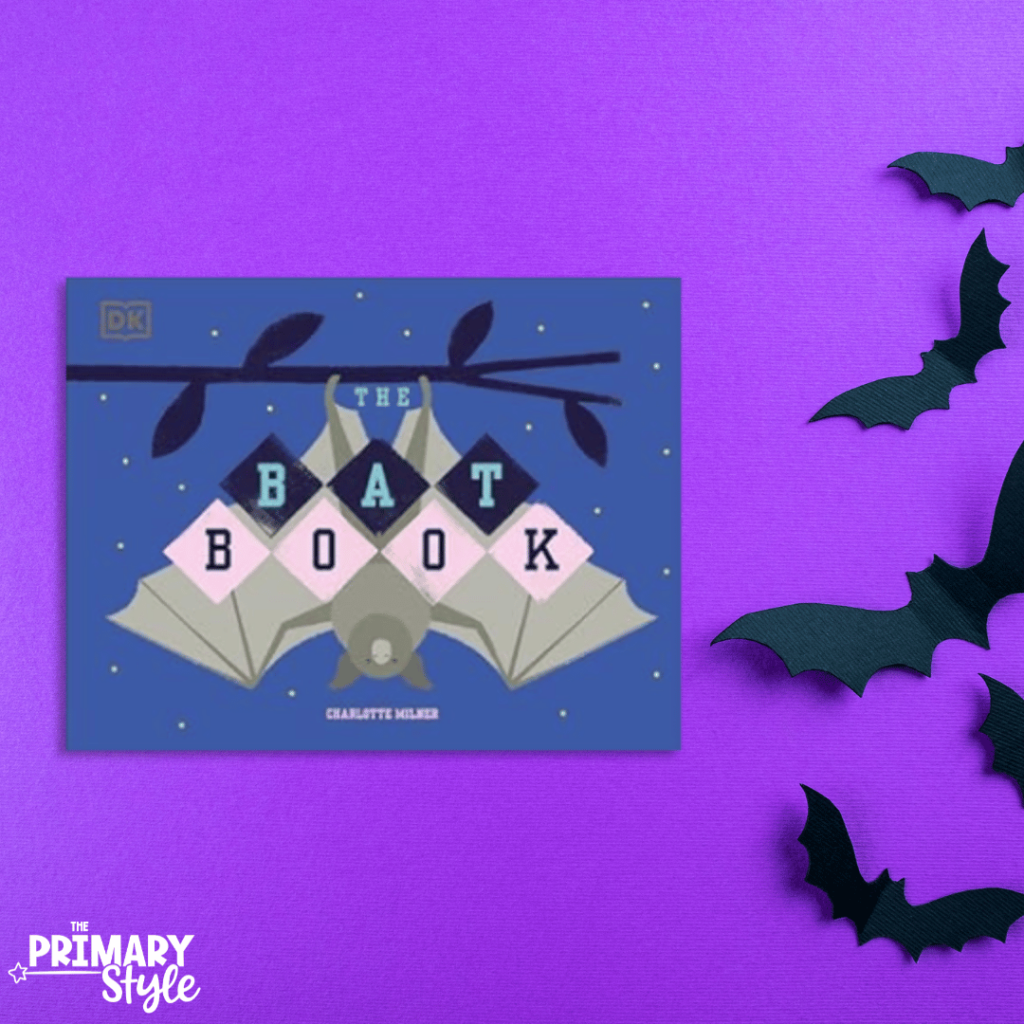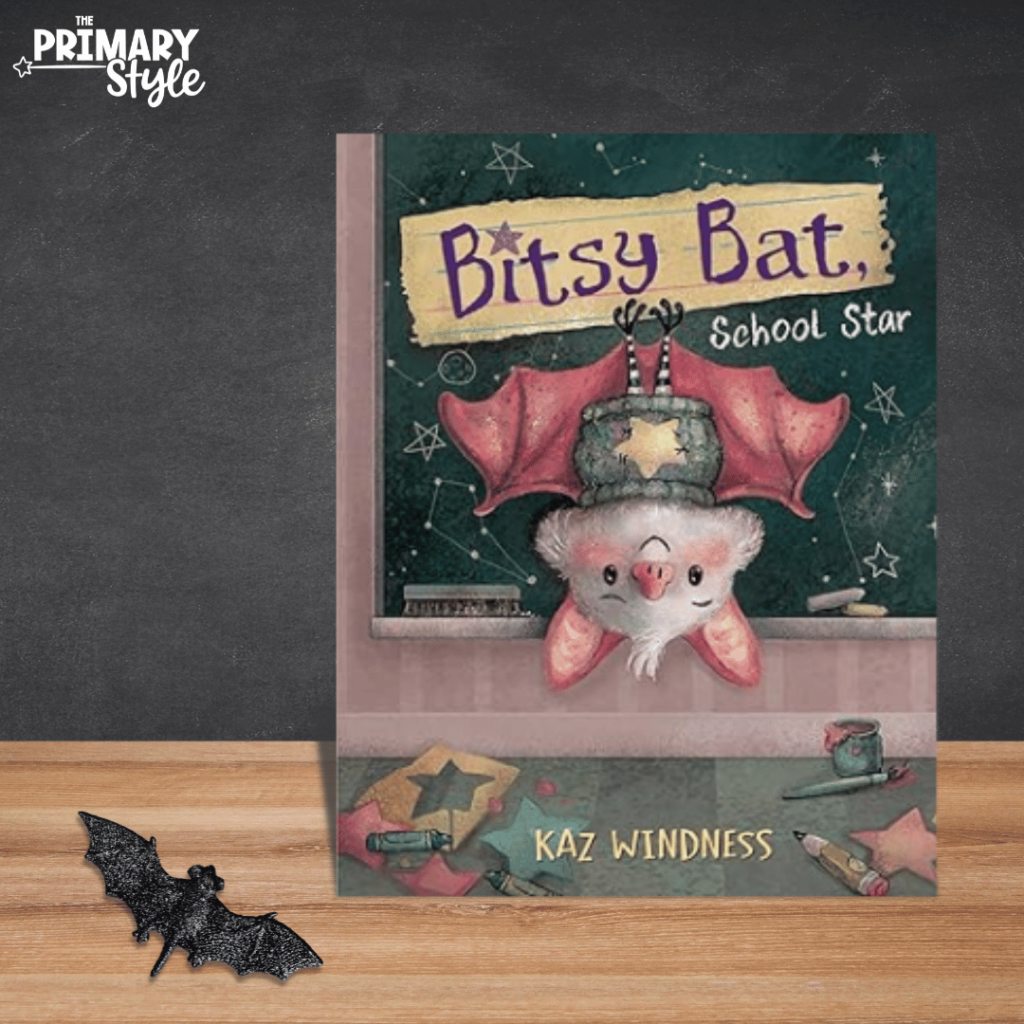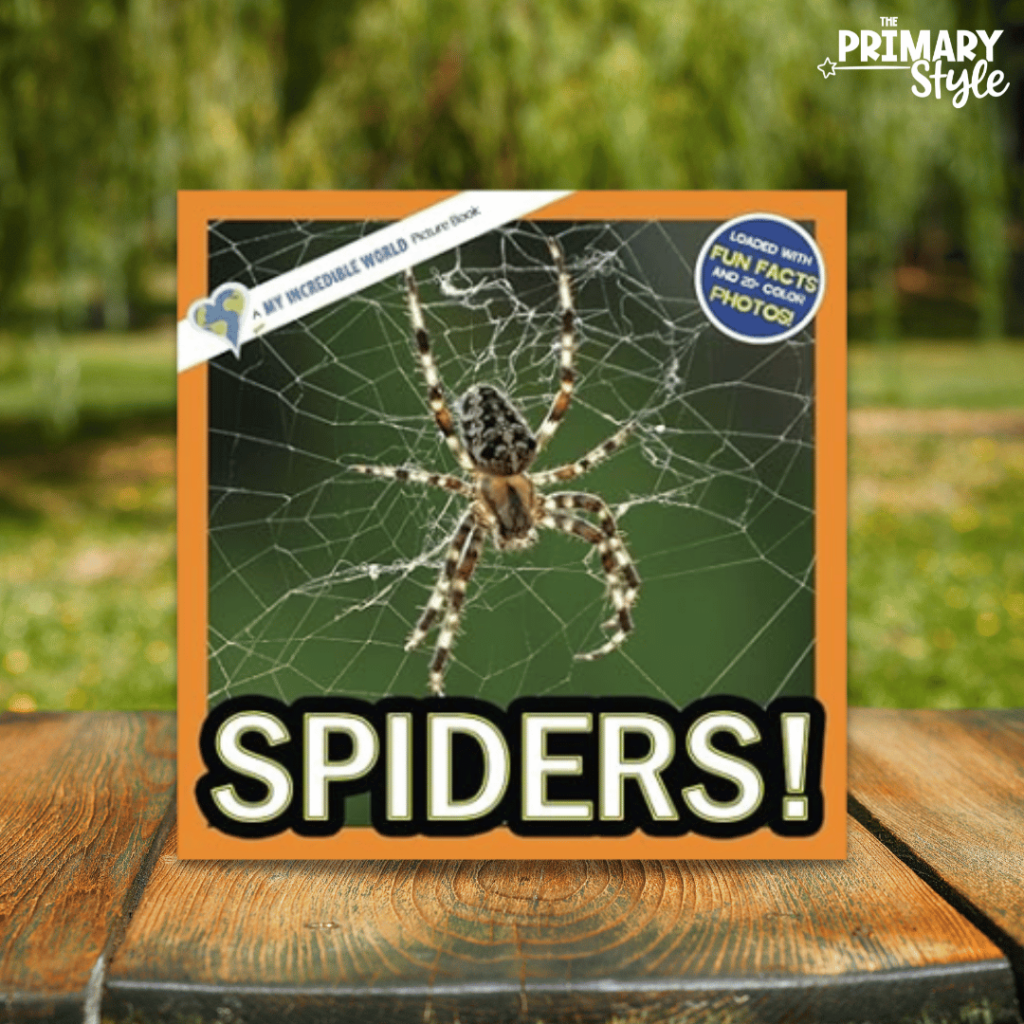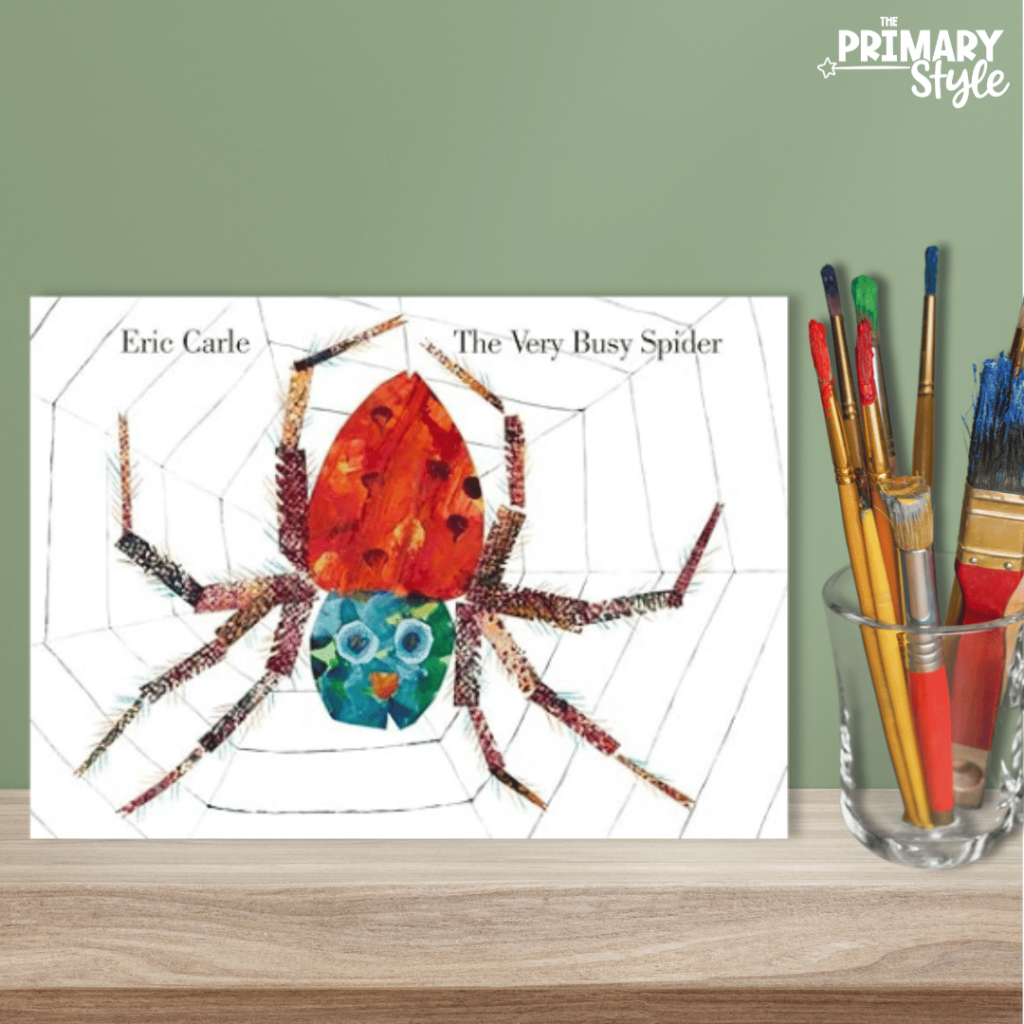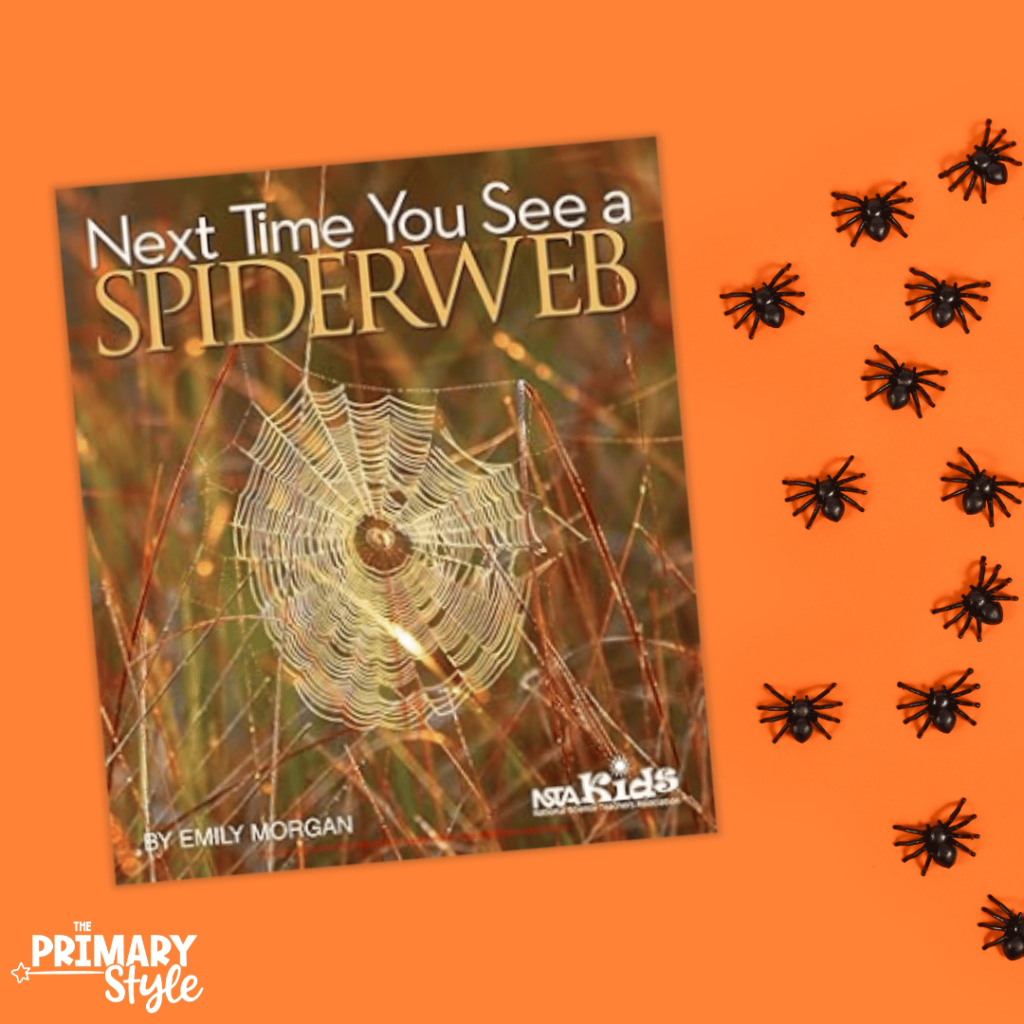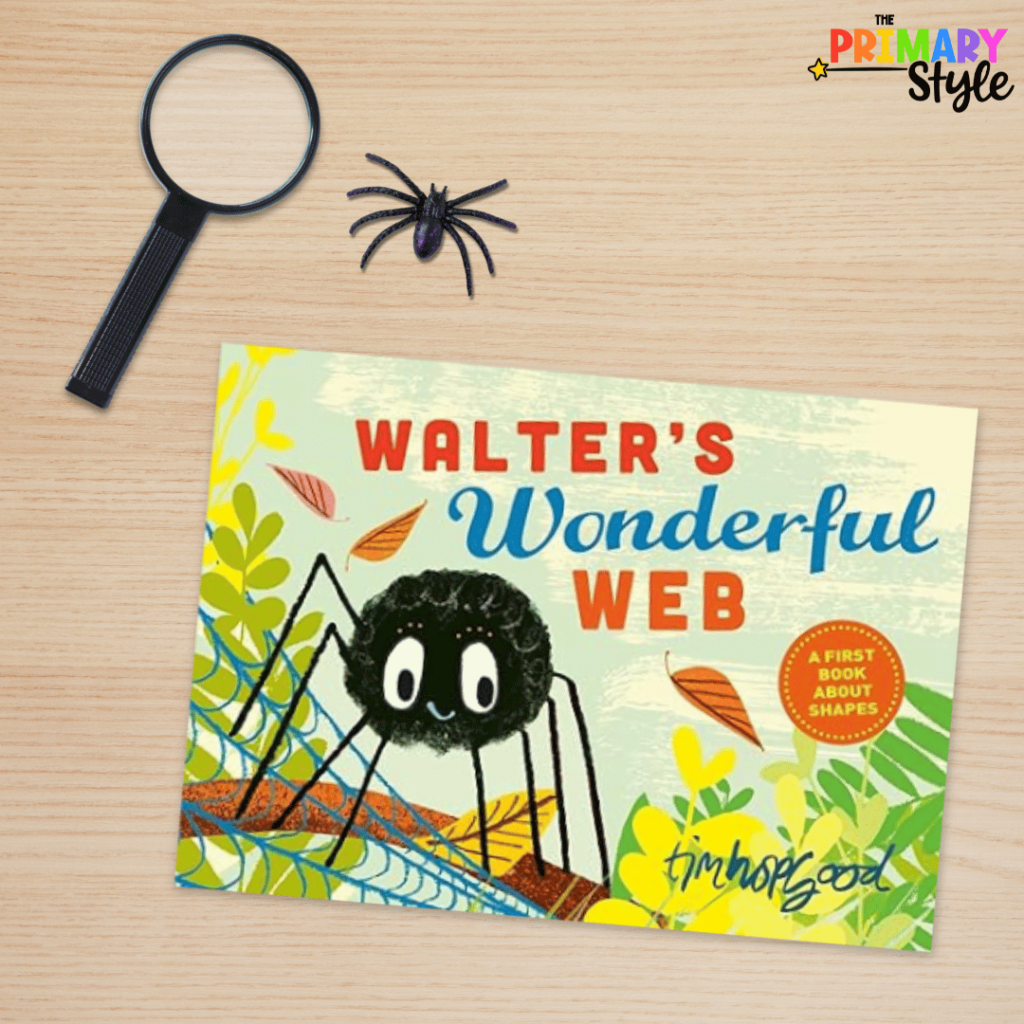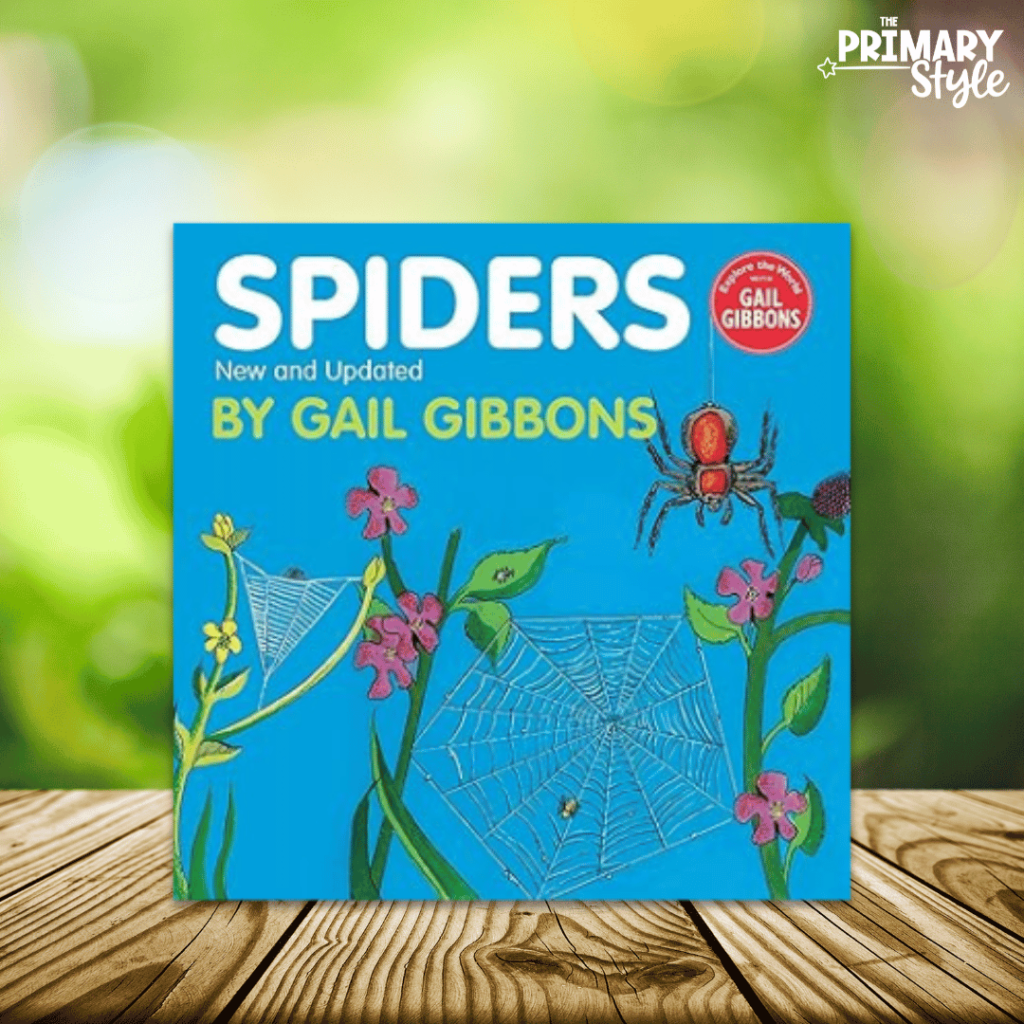Bats and spiders are such interesting creatures! I love exploring these amazing animals with primary students through vivid and colorful picture books. If you’re looking for some new topics to add to your science lessons, be sure to take a peek at this collection of my favorite bat and spider books for kids!
Why Study Bats and Spiders with Books?

In my room, I often study these two creatures around the same time. They both offer a creepy and mysterious quality that is intriguing to students, making them a fantastic topic of study. Plus, these creatures open the door for conversations on life cycles, sleep schedules, eating patterns, habitats, and more! There is truly so much to explore under this fun theme!
If you know me, you know that picture books are near and dear to my heart. That’s exactly why I use them so often in my lessons! When you select captivating picture books to lead your lessons, you’ll be amazed at the student engagement you can achieve.
If these topics are new to you, you might not be sure which books are best for classroom learning. Don’t worry friend, I’ve got you covered! Today I’m sharing 10 of my favorite bat and spider books for kids that are sure to inspire learning!
Bat Books for Kids
Let’s start with bats, shall we? These incredible, nocturnal creatures are likely a new one to students since they are most active at night. Try studying bats during Bat Week in October, or any time of year you want to add some interest to your science lessons! You can find a list of all of my favorite bat books for kids here, but let’s talk about a few in particular!
Bats by Gail Gibbons
If you’re new to this author, you’re in for a treat! Her highly engaging picture books are always filled with interesting drawings and diagrams, clear definitions, and fun facts that students love!
Inside Bats, students will learn facts about the many different species of bats, where they live, what they eat and why they should be protected! This book will serve as an excellent overview to begin your studies of bats with your students.
Since this book has so much to offer, I often read just a couple of pages per day. Many of the topics are great for discussion with your whole group and you may even consider making some anchor charts with students as you work through the book. As you do, students can create the anchor chart in their science notebook. These will be excellent resources for future projects and lessons as you explore bats together!
Stellaluna by Janell Cannon
I’m a big fan of choosing both fiction and nonfiction books to use in our lessons. While the nonfiction books offer some great factual information, it’s fun to mix in some stories too! Stellaluna is my all-time favorite storybook about a sweet baby bat who has been separated from her mother and knocked into a baby bird’s nest!
Students will love following along as Stellaluna tries to embrace her life as a “bird” and learn to do what the others are doing. Though fictional, this book allows you to compare and contrast the habits of a bird vs. a bat as you read her story aloud.
Students will enjoy considering what the birds do versus the bats and how Stellaluna will adapt! This book has a great, heartfelt ending too!
Fiona the Fruit Bat by Dan Riskin
Can you think of anything cuter than a fruit bat named Fiona?! When I saw this book, I just knew I had to have it for my room.
In this sweet story, Fiona is about to take her first flight. But… she’s scared! She wonders how she will fly when she can’t see in the dark. Her mother assures her that all she needs to do is listen.
This book explores how bats use echolocation to navigate while flying. As you follow along with Fiona, students will also get to watch as she faces her fear of the dark, one that many children will likely relate to.
This book also explores the message of being confident in oneself and stepping out even when we’re unsure. All in all, this book really hits the mark as far as classroom read-alouds go!
The Bat Book by Charlotte Milner
This book is another great nonfiction option to explore some facts about bats with your class. Students will learn why they are essential to our ecosystem, why they are endangered, and what we can do to help them! The illustrations in this book are bright and colorful as well, providing great visual descriptions for your students to explore.
I like to use this book as the basis for a Bat Craftivity from this unit. I have the students think about their favorite thing they learned about bats and then add it to a writing page.
When they are done writing, they get to add a bat craft topper to their paper to decorate it. These look really cute displayed on a bulletin board and we always end up with a wide variety of interesting facts about bats!
Bitsy Bat, School Star by Kaz Windness
Last of my list of bat books for kids, is Bitsy Bat, School Star, and this one is a winner! In this heartfelt story, a young bat struggles to fit in at school. This book is all about recognizing what makes each of us unique and leaning into those special qualities.
Students will love following along as Bitsy tries to make friends at school but doesn’t feel like she quite fits in. Bitsy gets so upset in this story that she actually doesn’t want to go back to school!
But with some help and encouragement from her family, she is able to come up with a plan to try again. You and your students will love following along as Bitsy Bat learns to celebrate what makes her different, embrace who she is, and make friends at school. This is a must in your bat book collection!
Spider Books for Kids
Ready to get creepy-crawly? These spider books for kids are the perfect way to explore arachnids in your classroom! I have lots of favorites that you can find here if you’re looking for inspiration. Try using these books during October, they’ll fit right in with Halloween! Even better though, these spider books are super versatile and can be pulled out any time you want to study these incredible creatures.
Spiders! by Hope Aicher
When it comes to exploring topics like spiders, I love using books with real pictures. These are positively fascinating for students as they are given a rare, up close, and personal look at spiders!
In this book, you’ll find 20 full-color photos of all kinds of different spiders along with some amazing facts about them. Students will be inching closer and closer on the carpet as you read this one, trust me!
After reading, I like to make this book available to the students so they can take a closer look. It’s even fun to provide magnifying glasses so that they can examine the spiders in depth.
I also like to work on listing words to describe what we see among the many different spiders. We use words like big, little, hairy, smooth, skinny, shiny, and more. These describing words come in handy when we write stories about spiders later!
The Very Busy Spider by Eric Carle
No list of spider books for kids would be complete without this classic! This book explores the hard work of a very busy spider as she works on spinning her web. The bright watercolor pictures in this book are so appealing to young learners and everyone loves to follow along.
In this book, the spider works hard spinning her web on a fence post. All day long, other animals on the farm try to distract her and get her attention. But the spider is focused! She continues working all day to produce a beautiful, and useful web!
I find the illustrations in this book so inspiring that I often have the kids paint some spiders of their own after reading. You might want to get out some other books with real pictures to study for this activity. Provide paintbrushes and paint and encourage the children to make a spider using the colors they like. As they work, encourage them to add details just like the spider in the book has such as hairy legs or big eyes. Afterward, you can have them write a sentence or two about the colors, patterns, and shapes they chose to decorate their spider.
Next Time You See a Spiderweb by Emily Morgan
Speaking of spiderwebs, you and your students will learn so much about them in this amazing book! This book is another one with real, full-color photos that will wow and amaze your students.
Inside, students will learn about how spiderwebs are made and what they are for. Students will be surprised to learn that not only do they capture food, but they can also collect moisture and offer protection to the spider as well!
After reading this book, you might choose to complete a creative writing prompt about spiderwebs and challenge your students to recall some of the facts they have learned. There is a lot to cover, so they will have plenty to write about! I also like to have the students take some time to draw, paint, or create an intricate web of their own using white yarn. This is a fun, relaxing activity that you can use to finish up the day or take a brain break from more vigorous learning activities!
Walter’s Wonderful Web by Tim Hopgood
If you’re looking for a fictional spider book to add to your collection, you’ll love Walter’s Wonderful Web. In this story, Walter the spider is trying to carefully craft a sturdy web that won’t get blown away in the wind. Walters tried to make his web in many different shapes, but they are still not strong enough! Follow along to see how Walter solves this problem.
I love following this activity up with a STEM project! I challenge students to build a spider web and make it as strong as they can. Materials like pipe cleaners, yarn, paper clips, straws, and paper are perfect for this challenge. When they are finished, students can test the strength of their web by seeing how many blocks or pennies it can hold. I love activities like this because they get my students thinking beyond what they would normally do!
Spiders by Gail Gibbons
Here’s another great book by Gail Gibbons. This one, just like the bat book mentioned above is such a comprehensive resource for your lessons. The author has absolutely filled this book to the brim with interesting facts about spiders of all kinds.
This most recent version has even been vetted by an entomologist and revised with the latest in arachnid science.
You’ll find bright and colorful illustrations, fun trivia to explore, the history of spiders, and so much more! For any of your students who may be fearful of spiders, this is a great book to demystify them and help them understand all of the helpful things that spiders do!
Using These Bat and Spider Books for Kids
After you’ve decided on some books to use in your classroom learning, consider how you’ll use them to facilitate learning. I have offered some activity suggestions above, but if you’re looking for a more in-depth resource, be sure to check out my Bats and Spiders Unit in this blog post. Inside you’ll find so many great activities to continue learning about bats and spiders with your students including:
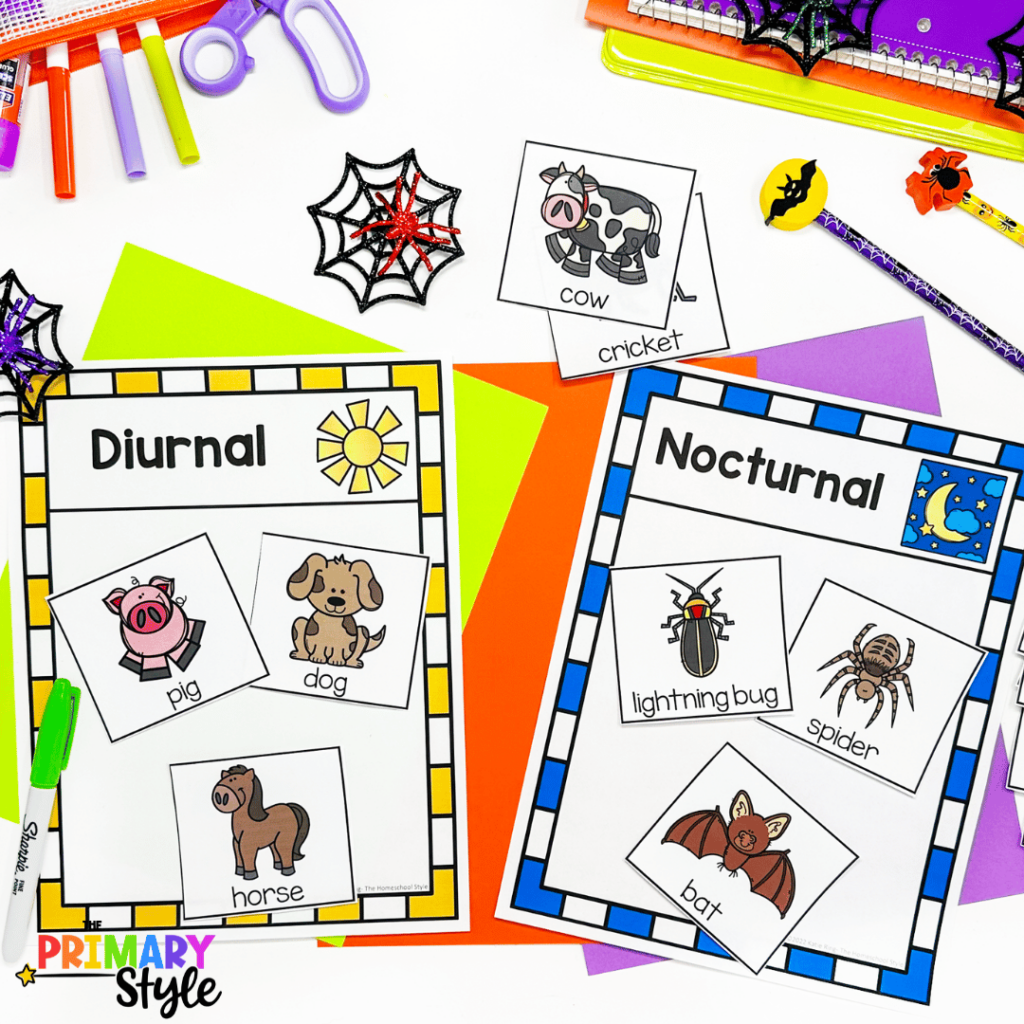
- vocabulary activities
- mini readers
- writing prompts
- math centers
- literacy centers
- craftivities and more!
This all-in-one thematic unit will make it super simple and easy to plan some engaging lessons for your students all about bats and spiders.
You’ll find a wide variety of thematic resources inside to meet your diverse classroom needs. Best of all, they go perfectly with these bat and spider books for kids too!
Save These Bat and Spider Books for Kids
Do you love all of these bat and spider books for kids? Be sure to pin this post on Pinterest so you can come back to it whenever you’re ready to start planning your lessons!
